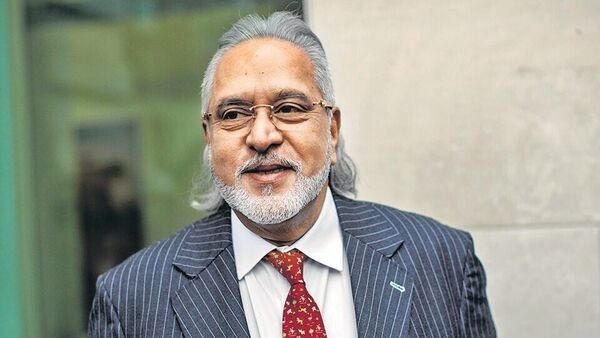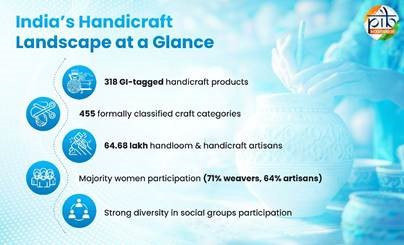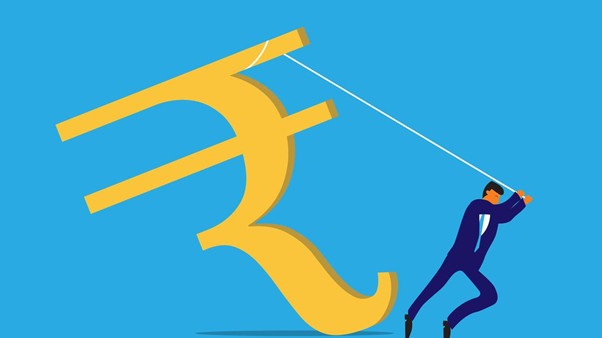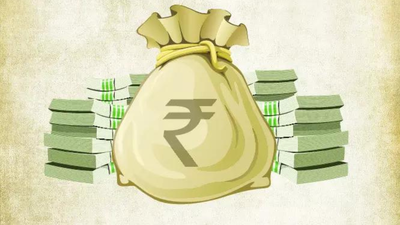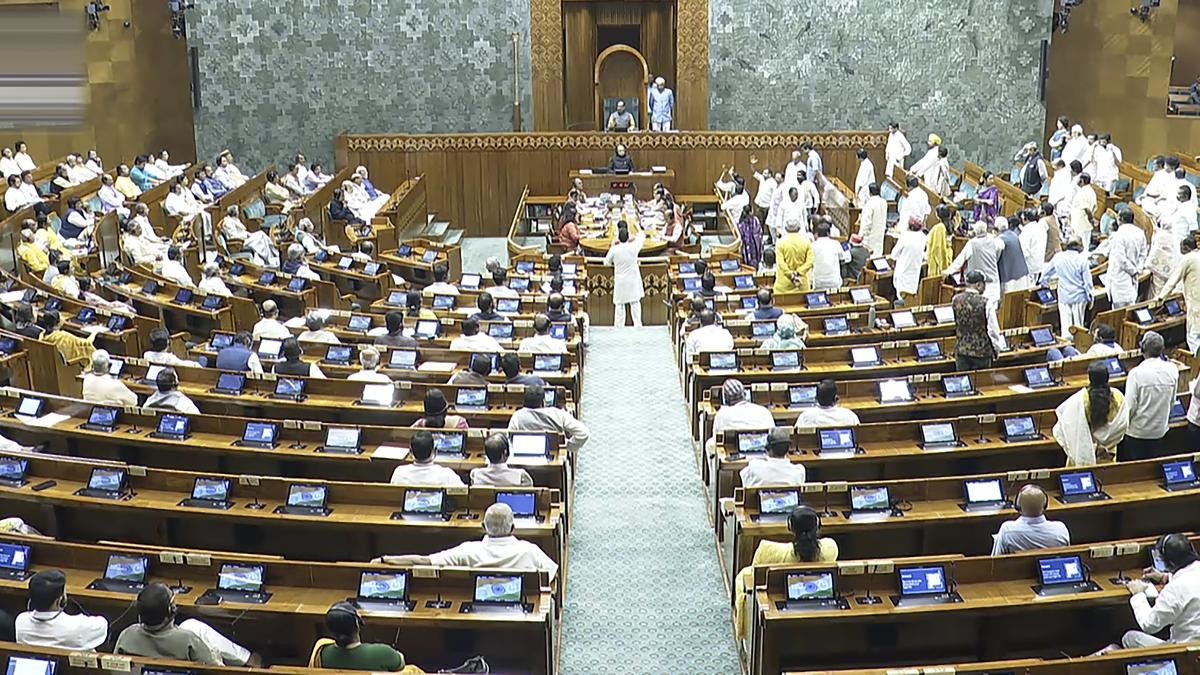Copyright infringement not intended
Picture Courtesy:PIB
Context:
India is advancing towards next-generation connectivity through strategic initiatives to develop 6G technologies. Focused on affordability, sustainability, and widespread access, the 6G vision aims to empower society through indigenous innovation, R&D, and international collaboration.
What is 6G?
6G, or sixth-generation wireless technology, will succeed 5G and provide ultra-fast internet with minimal latency. It promises:
- Data transfer in one microsecond, 1,000 times faster than 5G.
- Support for remote surgeries, smart robotics, real-time gaming, advanced imaging, precise location tracking, and immersive virtual experiences.
- AI integration for efficient, intelligent network management.
India’s 6G Vision:
The Bharat 6G Vision aims to establish India as a global leader in telecom technologies by 2030. Key elements include:
- Funding testbeds for 6G THz and advanced optical communication research.
- Establishing 100 5G labs across academic institutions to foster a 6G-ready
- Approval of 104 research projects to align with the global 6G roadmap.
Bharat 6G Mission:
The Mission is a national initiative led by the Department of Telecommunications (DoT) of India, aiming to design, develop and deploy 6G network technologies that provide “ubiquitous, intelligent and secure connectivity for high‑quality living experience for the world”.
The mission is structured in two phases:
- Phase 1: 2023‑2025 (2 years) — focusing on exploration, proof‑of‑concept, early R&D.
- Phase 2: 2025‑2030 (5 years) — focusing on scale‑up, deployment, commercialization.
Key objectives include:
- Enable India to become a leading global supplier of IP, products and solutions for affordable 6G telecom technologies.
- Facilitate and fund R&D, design & development of 6G by Indian start‑ups, companies, research bodies and universities.
- Ensure deployment of 6G technologies that act as a force‑multiplier for India and enhance quality of life.
- Promote participation in international standards development, and build indigenous manufacturing and ecosystem capabilities.
Picture Courtesy:PIB
Bharat 6G Alliance (B6GA):
B6GA is a collaborative platform of industry, academia, telecom providers, and research institutions to promote indigenous 6G R&D. Its objectives include:
- Developing advanced telecom components like multi-chip modules, SoCs, and IoT solutions.
- Facilitating global collaborations through MoUs with international 6G alliances.
- Creating a self-reliant, competitive ecosystem for future communications.
Picture Courtesy:PIB
Current Trends:
- According to Precedence Research, worldwide, the global 6G market is estimated to have been around USD 6.7 billion in 2024, with forecasts projecting growth to around USD 57.5 billion by 2034 (CAGR ~24%)
- In India, around 104 research projects tied to 6G and related telecom innovation have been approved.
- The Telecom Technology Development Fund (TTDF) supporting R&D including 6G, linking academia, start‑ups, MSMEs and industry. As of July 2025, 104 projects approved worth ~₹275.88 crore.
- India’s tele density reached 7% by March 2024; the country’s mobile broadband speed ranking improved significantly (to 15th globally) as part of telecom ecosystem builds toward 6G readiness.(Source: PIB)
Impact:
Economic Impact
- GDP Contribution: India’s 6G ecosystem is projected to contribute nearly USD 1.2 trillion to national GDP by 2035. (PIB, 2025)
- Startup & Innovation Growth: Over 80+ organizations, including 30+ startups, are part of Bharat 6G Alliance, fostering indigenous innovation and global competitiveness.
Technological Impact
- Ultra-Low Latency & High Speed: 6G promises 1 microsecond latency, enabling remote surgeries, real-time robotics, and immersive AR/VR experiences.
- AI-Native Networks: Networks can autonomously manage data storage, processing, and routing, improving efficiency and energy usage.
Social & Inclusivity Impact
- Digital Inclusion: Expands connectivity in rural and remote areas through indigenous 5G/6G labs and projects.
- Education & Skill Development: 100+ 5G labs in universities are preparing students and researchers for 6G technologies.
Strategic & Global Impact
- Global Leadership: Collaborations through Bharat 6G Alliance with international research alliances (USA, Europe, Japan, Korea, Brazil) strengthen India’s role in global 6G standardization.
- Resilient Infrastructure: Indigenous tech development reduces dependence on foreign equipment, supporting national security and self-reliance
Challenges:
- High-Frequency Spectrum Management: 6G will use terahertz (THz) frequencies, which require advanced antennas, precise beamforming, and high-speed processing.
- High Capital Expenditure: Deployment of 6G-ready networks requires billions in investment for towers, optical fiber, testbeds, and labs.
- Skill Shortages: Demand for AI, telecom engineering, and data analytics experts for 6G development exceeds supply.
- Cybersecurity Risks: Ultra-connected networks increase vulnerability to data breaches, network attacks, and IoT exploitation.
- Data Sovereignty: Handling sensitive information locally while engaging in global 6G collaborations is critical.
Way Forward:
- Boost Indigenous R&D – Expand labs, testbeds, and promote startups for 6G innovation.
- Industry–Academia Collaboration – Joint research, skill development, and multidisciplinary projects.
- Global Standardization – Engage in international 6G alliances and secure global compatibility.
- Inclusive Deployment – Ensure affordable, sustainable, and rural-urban connected networks.
- Policy Support – Facilitate spectrum, commercialization, and IP protection for innovators.
- Economic & Social Impact – Drive GDP growth, smart services, and healthcare, education, and industry innovations.
- Monitoring & Evaluation – Track progress and adapt strategies to global trends.
Conclusion:
India’s 6G journey is a strategic blend of self-reliance, innovation, and global collaboration. Through initiatives like the Bharat 6G Alliance, Telecom Technology Development Fund, and advanced testbeds, the country is transitioning from being a technology adopter to a global innovator and standard-setter.
Source: PIB
|
Practice Question
Q. Examine How the development and deployment of 6G technology in India can contribute to economic growth, employment generation and the startup ecosystem. (150 Words)
|
Frequently Asked Questions (FAQs)
6G is the sixth-generation wireless technology that promises ultra-high-speed connectivity, near-zero latency, AI integration, advanced imaging, precise location tracking, and support for applications like remote surgery, smart robotics, and immersive virtual experiences.
India aims to achieve technological self-reliance, become a global leader in telecom innovation, support startups and research, and create a secure, inclusive, and future-ready digital ecosystem.
It is India’s national initiative to advance indigenous 6G research, development, and deployment, involving collaboration between industry, academia, startups, and global partners to position India as a global telecom innovator by 2030.




